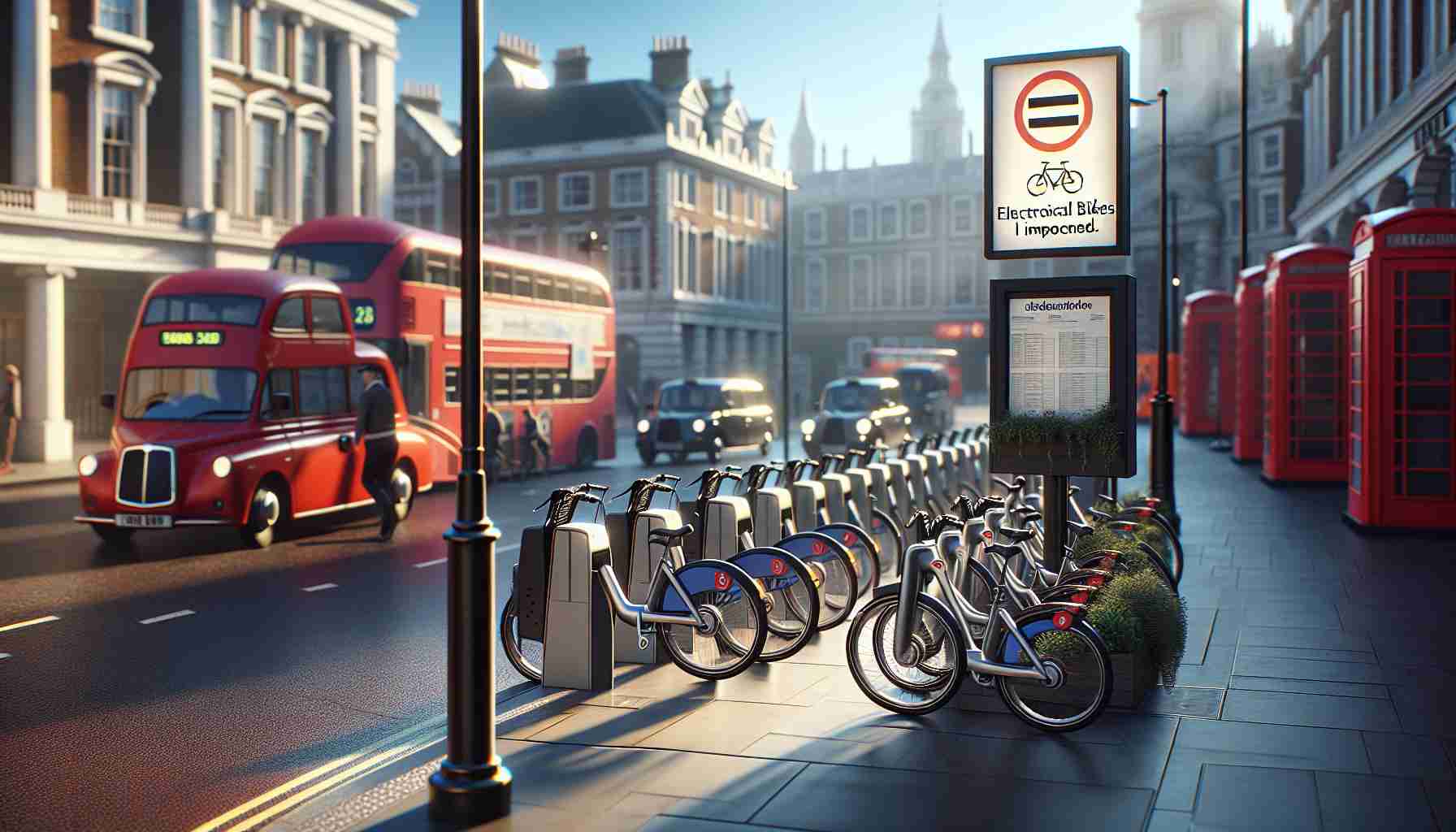In recent months, there has been a notable surge in the confiscation of illegally modified e-bikes across London, a trend largely attributed to food delivery personnel seeking faster transportation for their work. According to reports from various police units, the number of these modifications has significantly increased, raising alarms about road safety and compliance with the law.
The City of London Police has revealed that a majority of the seized e-bikes were operated by delivery workers, many of whom acquire equipment to enhance the speed of their vehicles beyond the legal limit. In the UK, e-bikes must not exceed a speed of 15.5 mph and can only have motors capped at 250 watts unless they’re classified as motorbikes, requiring licenses and insurance.
Illegal modifications commonly involve kits that transform standard bicycles into high-speed machines, with some kits enabling speeds of up to 60 mph. In the last year alone, police reports indicated that over 900 illegal e-bikes were taken off the streets, marking an 83% rise in seizures from the previous year. Notably, the City of London led the way in confiscations, highlighting growing concerns about safety on urban roads.
Companies like Deliveroo have made clear their stance, emphasizing that they do not condone the use of modified e-bikes among their riders. As discussions around legal reforms continue, authorities maintain a vigilant approach to enhance public safety and reduce the hazards posed by these unlawful bicycles.
Staying Safe on the Streets: Tips and Facts Related to E-Bikes in London
With the rise in seized e-bikes in London, particularly those modified for increased speed, it’s essential for all riders and pedestrians to understand how to stay safe on the roads. Here are some useful tips and interesting facts that can help you navigate this evolving landscape at work, school, and in everyday life.
1. Understand the Legal Speed Limits
In the UK, e-bikes must adhere to strict regulations: they should not exceed 15.5 mph and must have a motor limited to 250 watts. Knowing these limits can help you avoid fines and ensure your safety as a rider. For more information on legal standards, visit Gov.uk.
2. Choose Safer E-Bike Models
When considering an e-bike for delivery or commuting, opt for models from reputable manufacturers that comply with UK regulations. This not only ensures your safety but also protects you from the legal repercussions of riding a modified bike.
3. Stay Aware of Your Surroundings
For delivery riders, maintaining high situational awareness is crucial. Be attentive to pedestrians, other vehicles, and road conditions, especially in bustling urban environments like London. Use hand signals to communicate with drivers and ensure you are visible, particularly at night.
4. Equip Yourself Properly
Always wear a helmet and consider additional protective gear like knee and elbow pads. This gear can significantly reduce the risk of serious injury in the event of an accident.
5. Follow Safe Riding Practices
Avoid risky behaviors such as weaving in and out of traffic, using sidewalks, or speeding through red lights. Adhering to traffic laws and riding responsibly can help create a safer environment for everyone on the road.
6. Safety for Pedestrians
For pedestrians, being alert is equally important. Always look out for cyclists, especially delivery riders who may be moving at higher speeds than expected. Use designated crosswalks and wait for green signals before crossing the road.
7. Understanding Delivery Company Policies
If you’re a food delivery rider, be aware of your employer’s policies regarding e-bike usage. Many companies, like Deliveroo, explicitly forbid modified e-bikes, which can impact your employment if you’re found using one.
8. Report Unsafe Riding
If you encounter dangerous riding behavior, don’t hesitate to report it to local authorities. This can help improve safety for everyone on the streets and encourages responsible riding practices.
9. Stay Informed
Keep up with updates regarding e-bike regulations and safety tips. Websites and local news platforms frequently provide insights into traffic laws and road safety measures that can impact your daily commutes.
10. Join Community Initiatives
Participate in local cycling events or safety workshops to connect with other riders and pedestrians. Shared experiences can foster a community dedicated to safe transit practices, helping everyone adapt to the growing presence of e-bikes.
By following these tips and understanding the facts about e-bike usage, all road users can contribute to a safer and more regulated commuting culture. More information on road safety initiatives can be found at Road Safety Week.






















